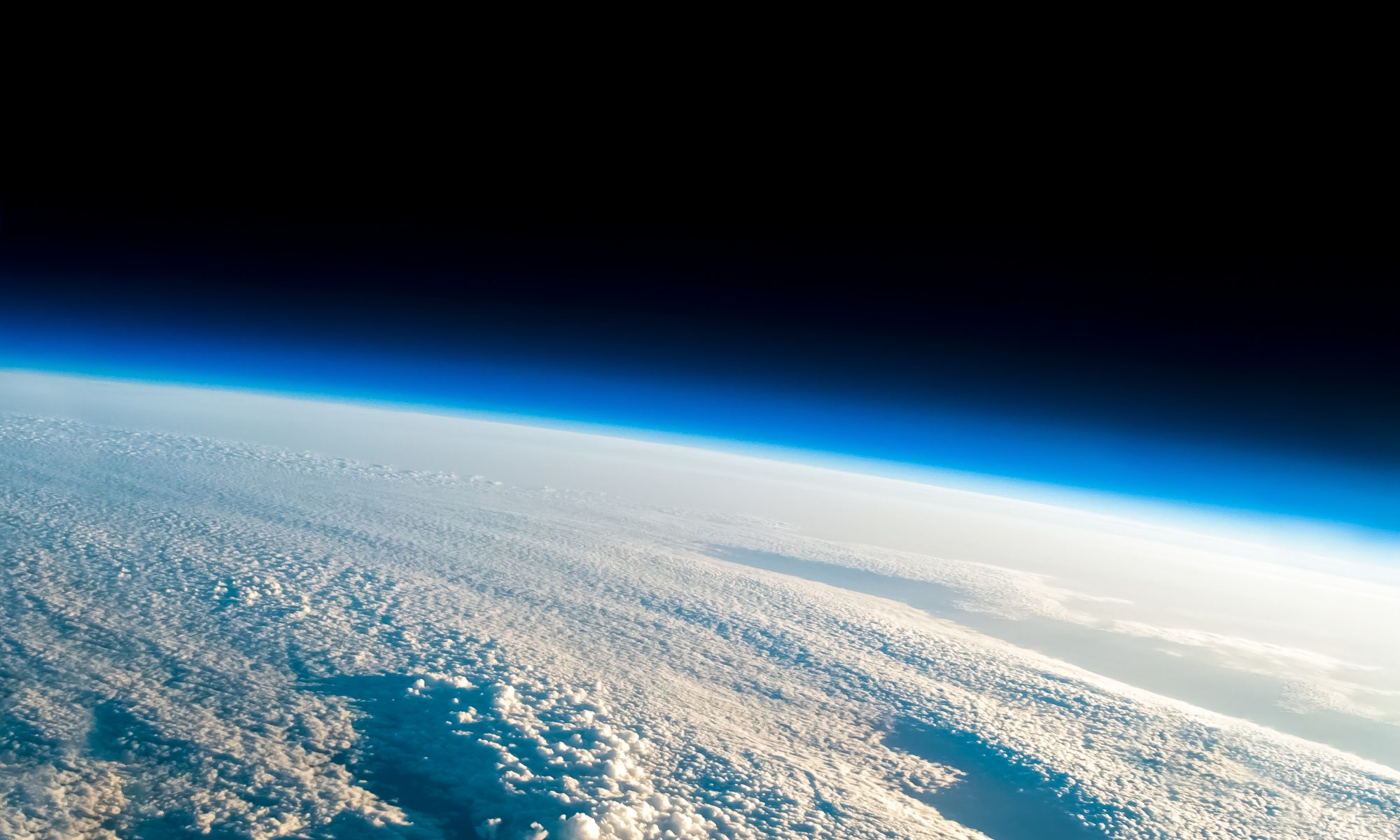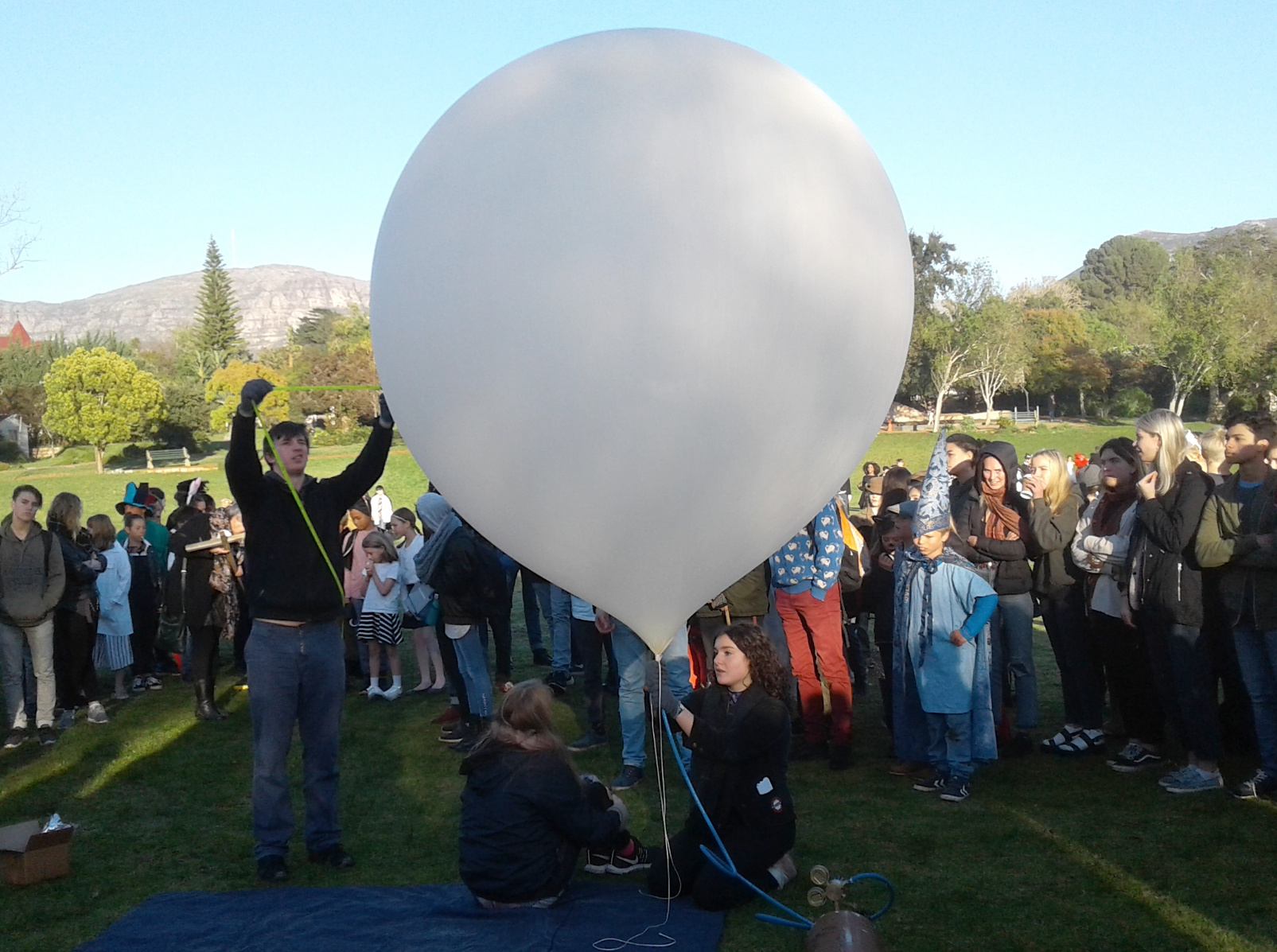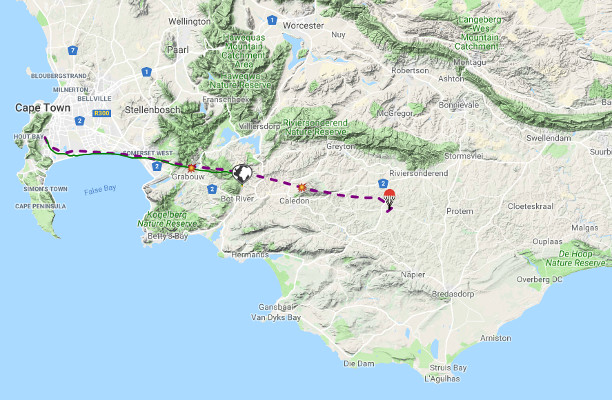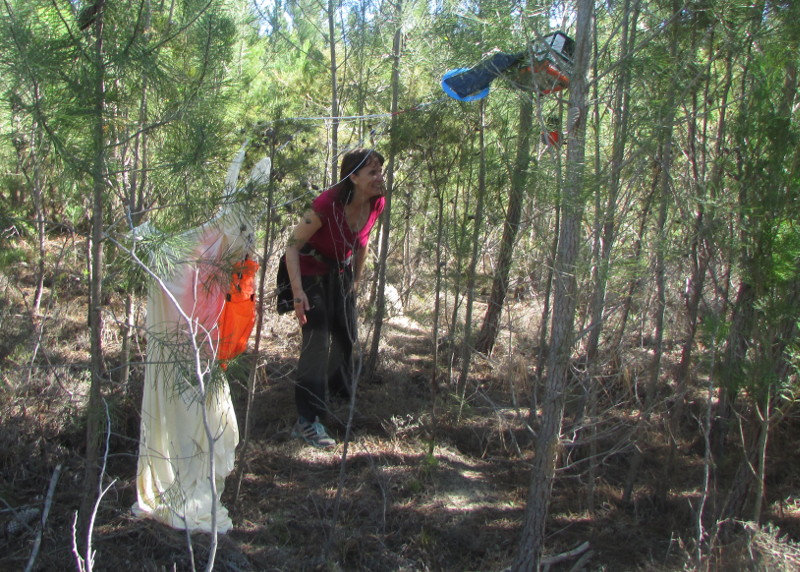The fifth and final is complete.
This launch was probably one of the hardest challenges I have ever undertaken. 72 hours prior to the launch, I still had to build a new housing for the cameras and trackers, find a way to safely hold the 360° camera and attach a battery pack to it, which still needed to be bought, purchase a regulator for the Helium gas tank and learn how to use it, purchase all of the additional miscellaneous essentials, and many other things that were on this list due to a bunch of bad luck. With no other options, I put my head down and started preparing for my own little Mission: Impossible.
72 hours later, the Dragon payload was ready to be released. With three hours sleep, I made my way to the Constantia Waldorf School, which is where the launch was to take place, and I would be on display for the entire high school. Just after 8am, students, teachers and other people started making their way towards me, and once there was a sizeable bunch, I started setting everything out. If I’d had sufficient sleep in the last few days, I would have been incredibly nervous, however I think that part of the brain was still asleep so I didn’t feel much. However this also meant that I didn’t really know what I was saying and I was terrified of messing up but I methodically worked through the plan that I had written up on the back of a scrap piece of paper, based on my previous experiences. By the time the balloon was filled, the group had grown to the size of the entire school, as the primary school unexpectedly came to join as well, all dressed up in their Readathon costumes.
After the balloon was filled, the payload was attached, the tracking units were powered on, the cameras started recording and then for the first time, the 360° camera was started. I ended up having to call Air Traffic Control from the center of the crowd, with what felt like a million eyes watching me, as there was simply no way of removing myself from the center of the masses. Once ATC approved my mission, it was time for launch. As Layla (my long-time class mate and magnificent helper with the launch) cut the release cord, I slowly started reeling out the long payload and the school erupted in a countdown. The countdown reached one, and the balloon was released into the air, to be at the complete mercy of Mother Nature.
After standing around gazing at the balloon for a few minutes, I started to have a bad feeling but I couldn’t quite figure out what. The tracking system wasn’t working the way it was supposed to, but that was a simple problem to fix and I was not too worried about that. I packed everything up promptly and made my way to mission control (my computer) to monitor the progress of the balloon and to try and work out the bad feeling. After a few short calls, the tracking station in Diep River was uploading the live location of the balloon again and that’s when the bad feeling I had was confirmed.
The balloon was rising at half the speed it was supposed to, meaning I hadn’t put in enough Helium. I quickly ran a prediction based on the current ascent rate and calculated burst altitude, and soon realized that the payload was going to land 20km off the south coast near De Hoop Nature Reserve, in the ocean. I was horrified, as all my work that I had put into this was going to end up in the sea and I was never going to be able to get it back. There was nothing I could do but sit and watch the little icon on the screen move closer to its imminent doom. After a few minutes of intense emotions, I calmed down and did another prediction, this time with complete calculated data, and absolute values, based on data from the entire flight and not just the last few seconds’ worth. I calculated that optimistically, it could potentially land a few kilometers inland from the ocean, however the chances of this were slim and every other prediction model I ran put the payload in the ocean. The only thing that could save the equipment would be an early burst, which is what I was praying for.
I went outside to calm my mind and run through the morning’s events to think about everything that happened and what the chances of retrieval were. 15 minutes later I made my way back to the computer where I witnessed a miracle. The balloon had burst at an altitude of 20km, allowing it to fall back down to solid ground. I was ecstatic. Both my previous missions had early bursts and never before had I been so happy to witness the mission not reach its ultimate goal. I was celebrating for longer than I should of, which is probably why it took me a while to realize that a new problem had emerged: its decent rate. It seemed that the parachute was not working or had failed in some way, as the payload was hurtling back to earth at a terrifying speed of over 70km/h. Also, it had burst over the mountains, and instead of drifting slowly inland to a nice landing location as the new predictions said it would, it looked like it would land deep within the Hottentots-Holland Mountains and be totally inaccessible.
Never before had I witnessed such a dark sense of humor from the universe…
I relayed the new information to the recovery team (in actual fact my long-suffering parents, but recovery team sounds cooler), and they had to do an about turn back towards Caledon, as they had been bee-lining to the coast. Slowly but surely the payload started to slow down, but it was still coming down too fast and I knew that at that speed, there was a slim chance of the equipment coming back completely intact.
Half an hour later, the radio GPS tracker stopped sending data and I lost its location. Luckily, the fail-safe backup GPS unit took over almost immediately and its live location was broadcasted on the website. A minute later, it stopped moving, meaning it had landed. It was still giving off a signal, so I deduced it had survived the brutal impact.
The recovery team arrived at the scene half an hour later and due to some technical issues, took over an hour to find it. Once found, they called me to say they had retrieved it in one piece. They told me that the payload had landed in a tree and the branches had broken its fall. Upon inspection of the landing location in Google Earth, I realized that it could not have been better. It was on a small farm at the base of the mountain, with a dense forest which made for some spectacular imagery. One of the cameras was even able to record a Deer walking through the trees, before it noticed the payload and ran away.
The recovery team started making their way back home, and with a sigh of relief, my body relaxed for the first time in days, and all the feelings that had been suppressed slowly started presenting themselves over the course of the next few hours.
When my parents arrived home, I didn’t keep my hopes high for good footage, as I didn’t want to be disappointed for the umpteenth time that day. However, I was delightfully surprised, and it was absolutely breathtaking. It was by far the most stable I have ever recorded and the 360° camera filmed the entire flight in VR, and somehow still had 60% battery… Although it burst early, the blackness of space was visible and very impressive in 360°!
That night I went to sleep having accomplished a goal I set myself half a year ago, did what many deemed impossible and ludicrous, as Cape Town is one of the most harsh environments in the world to launch weather balloons to space, with two oceans on either side, mountains all around, winds blowing in the wrong direction the whole time, and wherever there isn’t any of those, there are urban areas. However, these factors also make for one of the best cinematographic environments on earth, and never before has Cape Town, custodian of one of the new seven natural wonders of the world, been recorded from that altitude in all directions. Until now.
And as that final thought flashed through my head before my dreams took over, I felt a faint smile creep across my face, as I had slain my dragon.








